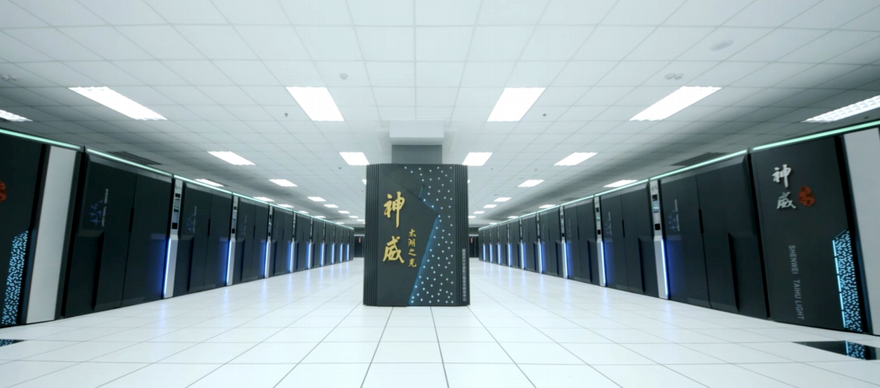The fiftieth Top500 list of the fastest supercomputers in the world, as ranked by the group of the same name, is out now and one thing is clear - it continues to be dominated by China.
The country claimed more supercomputers in the Top500 than ever before, at 202, far outranking the US which descended to an all-time low of 143.
For the first time in the list’s 25-year history, China also overtook the US in aggregate performance, claiming 35.4 percent of the Top500 flops, while the US was responsible for just 29.6 percent.
Update: For a more current look at the race to build the world's most powerful system, see our feature on the race to exascale.
All eyes to the East
China’s Sunway TaihuLight continues to hold the top spot with a High Performance Linpack (HPL) score of 93.01 petaflops. It is followed by China’s Tianhe-2, at 33.86 petaflops, and Switzerland’s Piz Daint at 19.59 petaflops, which was upgraded last year with Nvidia Tesla P100 GPUs.
The fourth fastest supercomputer is a new entrant to the top ten - Japan’s upgraded Gyoukou system which is used by the Agency for Marine-Earth Science and Technology, and has reached 19.14 petaflops.
At number five is America’s five-year old Titan, which manages 17.59 petaflops. The US also takes the sixth spot with Sequoia, a Lawrence Livermore National Laboratory system that is capable of 17.17 petaflops. There’s a new American entry at number seven - Trinity, recently upgraded to hit 14.14 petaflops. It is followed by the US-made Cori with 14.01 petaflops, deployed at the National Energy Research Scientific Computing Center.
Japan rounds out the top ten with two supercomputers - the 13.55 petaflop Oakforest-PACS and the 10.51 petaflop Fujitsu K supercomputer.
Across all 500 supercomputers, the combined performance totalled 845 petaflops, up from 749 petaflops six months ago, and 672 petaflops one year ago.
As always with benchmarking lists, it is important to note that Top500 attempts to rank vastly different systems, often built for widely different purposes, using a single metric.
The main list uses a Linpack benchmark that originally came out in 1993 (Linpack benchmarks themselves date back to the 1970s). It weights heavily towards peak processor speed and number, and has a number of drawbacks.
With this in mind, Top500 have started to use another, alternative benchmark - the High Performance Conjugate Gradients (HPCG) benchmark - which aims to overcome some of the criticisms surrounding Linpack.
Under HPCG, the top ten list looks different:
- K Computer - Japan - 603 teraflops
- Tianhe-2 - China - 580
- Trinity - United States - 546
- Piz Daint - Switzerland - 486
- Sunway TaihuLight - China - 481
- Oakforest-PACS - Japan - 385
- Cori - United States - 355
- Sequoia - United States - 330
- Titan - United States - 322
- Mira - United States - 167
For now, however, Linpack represents Top500’s main ranking system, with the Sunway TaihuLight in the lead. That may change with the release of America’s Summit supercomputer - when it launches in 2019, it is expected to reach roughly 200 petaflops on the Linkpack benchmark. Two years later we could see the bar pushed further, with the exaflop Aurora system, although that particular project has been beset by delays.

